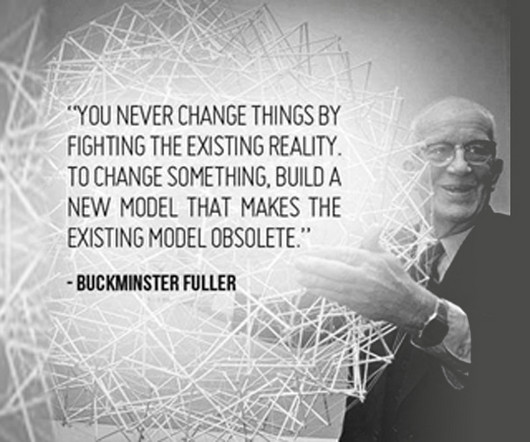All technical debt is a risk to the product and to your business
Scrum.org
DECEMBER 8, 2023
All technical debt is a risk to the product and to your business. All technical debt is risk to the product and to your business. There is no asset securing that risk, no insurance for it. Technical debt is 100% risk. From 2005 (first beta) until 2012 they worked, successfully delivering a new version every 2 years.














Let's personalize your content